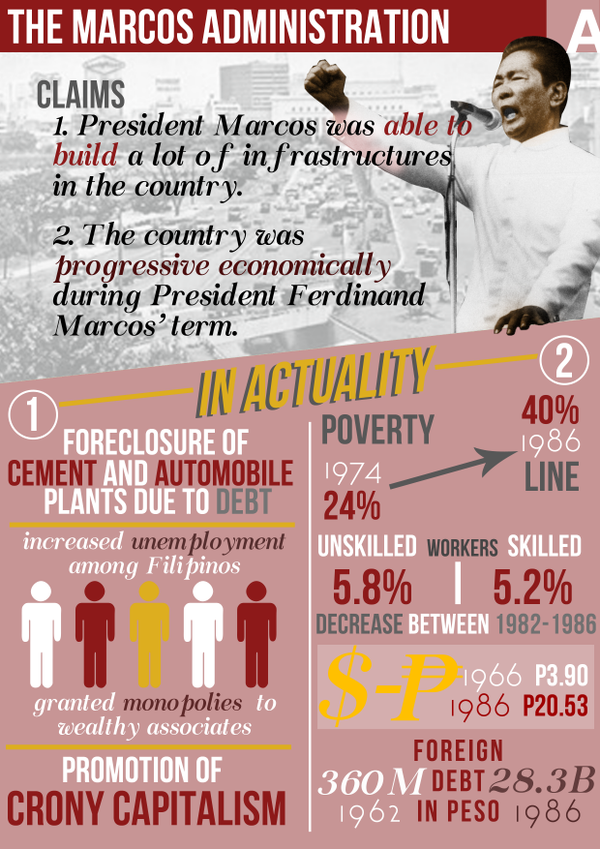Martial arts have an interesting history that spans centuries and continents. You could locate it appealing how ancient techniques like Shuai Jiao and Kalaripayattu prepared for contemporary fight strategies. These techniques not just highlight physical skills yet also mirror the societies that birthed them. As you explore their advancement, take into consideration just how globalization has changed these standard types right into crossbreed styles. What impacts do you think have formed today's martial arts landscape?
Ancient Martial arts: The Structures of Battle
As you explore the globe of old martial arts, you'll uncover the rich foundations that formed battle methods throughout cultures. Early practices concentrated on Self-Defense and survival, frequently including strikes, hurting, and weaponry.
In ancient China, for example, techniques like Shuai Jiao emphasized tosses and joint locks, while India's Kalaripayattu showcased dexterity and fluid movement. Japanese samurai established Kenjutsu, a refined swordsmanship that highlighted self-control and technique.
These martial arts served not just for fight but also as a means of individual development, instilling values like respect and perseverance. The blending of these strategies over time laid the groundwork for the diverse martial arts you see today, each showing the unique approaches and needs of its society.
The Social Impact on Martial Arts Advancement
While martial arts usually show the functional demands of a society, they additionally embody the social worths and ideas of their beginnings. When you explore various martial arts, you'll see just how they're affected by religion, viewpoint, and social standards.
For https://www.bigcountrynewsconnection.com/idaho/martial-arts-america-accepting-sign-ups-for-beginner-brazilian-jiu-jitsu-course/article_9b55aa78-15e1-11ee-97a8-eb8c382e32b2.html , the focus on regard and self-control in Japanese martial arts originates from Zen Buddhism and samurai society. In contrast, Brazilian Jiu-Jitsu advertises flexibility and technique, shaped by the demand for efficiency in a diverse, multicultural setting.
You may discover that the routines, attires, and training approaches show a community's history and identification. By understanding these cultural influences, you deepen your appreciation of martial arts and their function in shaping human experiences across the globe.
Modern Adaptations and the Globalization of Martial arts
Martial arts have actually changed considerably in recent years, adapting to contemporary society and global impacts. You'll discover that standard kinds have mixed with modern techniques, developing hybrid styles like mixed martial arts. https://exercisemartialartsforkid31986.blogpixi.com/35304242/advantages-of-fighting-style-for-youth-developing-confidence-and-self-control satisfy varied audiences, making martial arts available and attractive around the world.
With the rise of social media and digital systems, you can discover tutorials and competitions from all edges of the world, breaking geographical barriers. This globalization has brought about a common admiration for numerous techniques, from Brazilian Jiu-Jitsu to Taekwondo.
As you involve with these arts, you'll recognize they're not practically combat; they advertise health and fitness, discipline, and psychological wellness.
Eventually, modern-day adaptations have enhanced the martial arts landscape, making it a dynamic and developing practice.
Final thought
In exploring the background and development of martial arts, you reveal a remarkable mix of strategies, cultures, and viewpoints. From ancient self-controls like Shuai Jiao and Kalaripayattu to the modern-day adaptability seen in MMA, martial arts reflect humankind's pursuit for Self-Defense and personal development. As you engage with these techniques, you not just gain skills however also a much deeper appreciation for the diverse traditions that form our globe today. So, continue your journey and embrace the art of battle!
